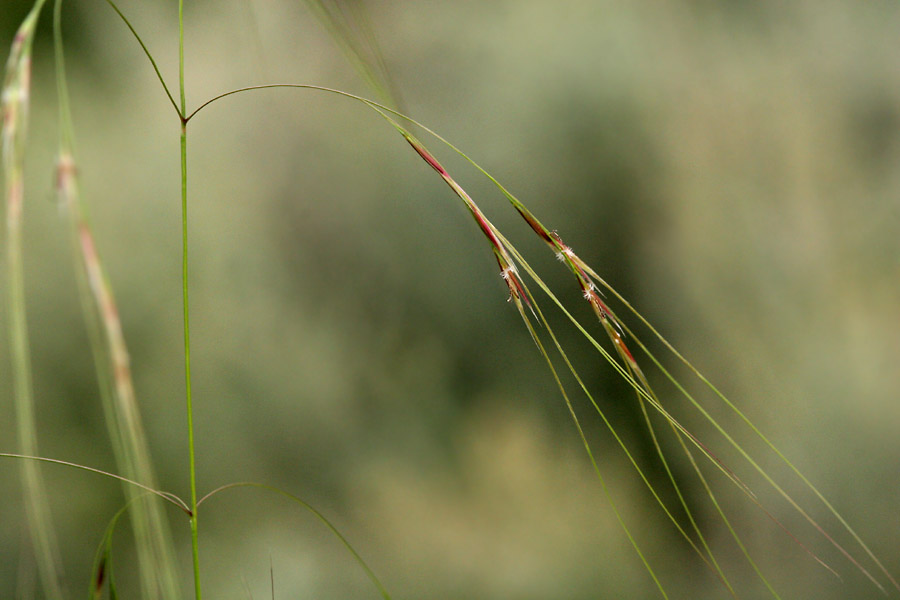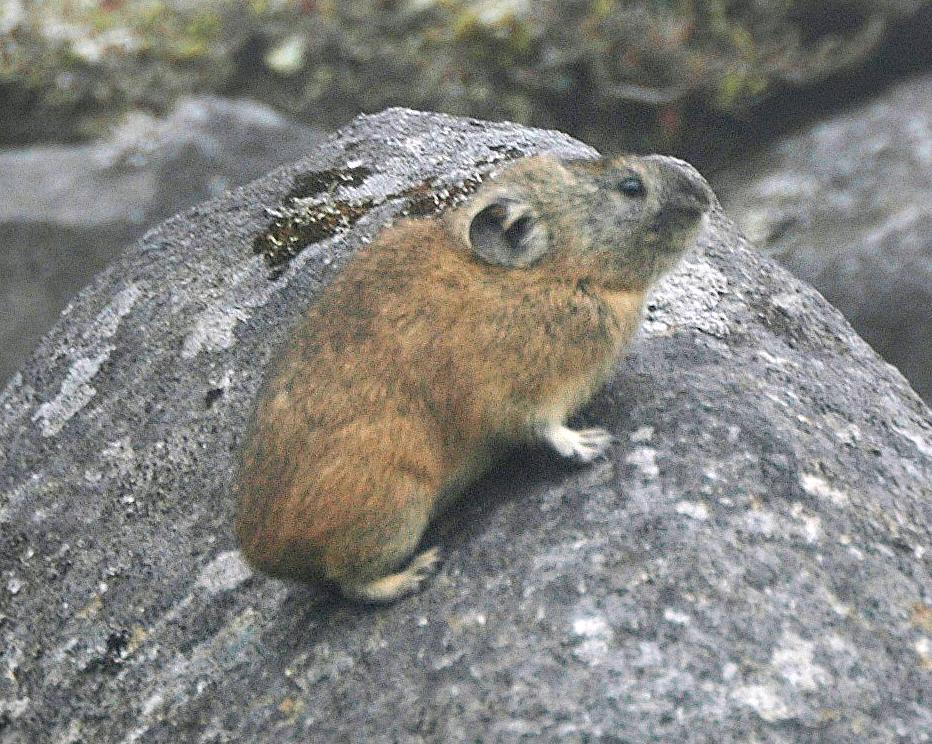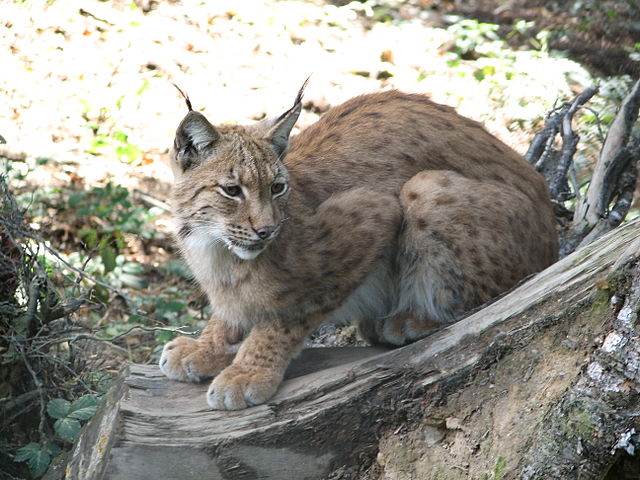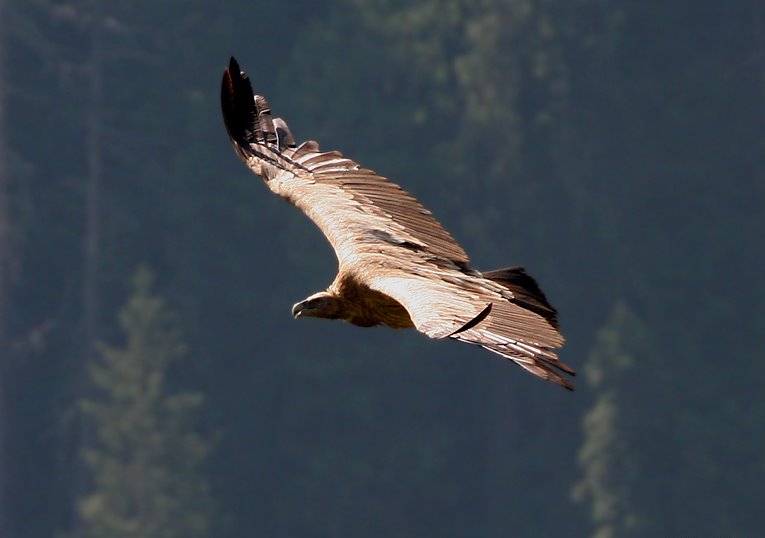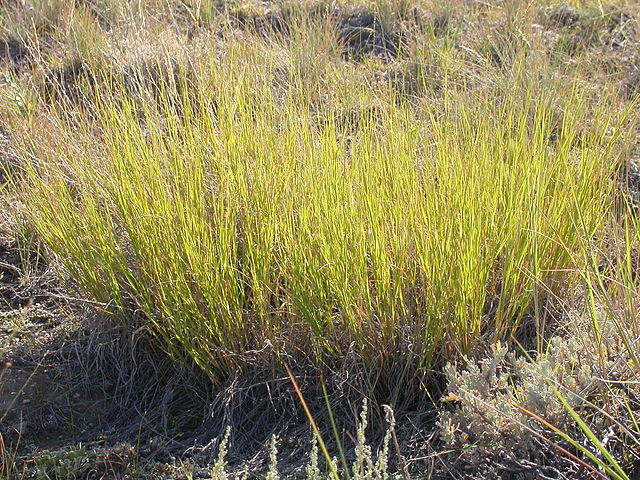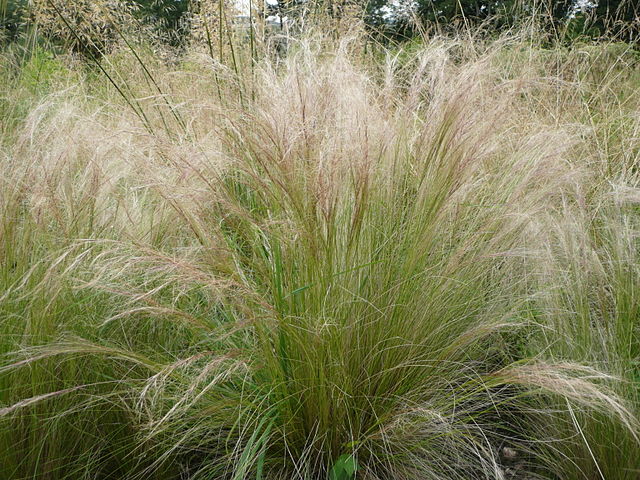MONTANE GRASSLAND AND SHRUBLAND
LOCATIONS
ECOLOGY POCKET GUIDE SUMMARY
The Montane Grassland and Shrubland ecoregion is shaped by high-altitude environments, where plants and animals thrive in thin air, cold temperatures, and steep, rugged terrain. These elevated landscapes showcase the power of adaptation, as life contends with extreme conditions ranging from frost to intense UV radiation. For designers, this ecoregion offers lessons in resilience, energy efficiency, and the design of structures that can endure harsh climates. The sparse vegetation, wind-sculpted landscapes, and the natural terraces formed by the land highlight opportunities for creating energy-efficient, climate-responsive architecture. The ability of plants to thrive with minimal resources, coupled with the complex microclimates of mountain ecosystems, can inspire designers to develop structures that work with natural forces rather than against them, leveraging elevation, wind patterns, and thermal mass to create resilient spaces.
ECOSYSTEM FRAMEWORK
Montane Grassland and Shrubland Ecoregion
Abiotic Components: Montane grasslands and shrublands are found at high elevations, typically between 1,000 and 4,000 meters above sea level. The climate in this ecoregion is marked by cold temperatures, frequent frost, and a high degree of solar radiation due to the altitude. Rainfall is often concentrated during certain seasons, with the terrain causing rapid runoff, making water a limiting factor. Soils are generally thin and rocky, with low nutrient levels, contributing to the sparse vegetation.
Biotic Components: The vegetation in montane grasslands and shrublands is dominated by hardy grasses, shrubs, and small herbaceous plants that are well-adapted to the extreme conditions. Species like tussock grasses, dwarf shrubs, and cushion plants are common. These areas also support a variety of wildlife, including grazing animals like antelope and wild goats, as well as carnivores such as snow leopards, pumas, and mountain foxes. Birds of prey, such as eagles and hawks, are also common, exploiting the open spaces and abundant winds.
Trophic Structure: The food web in this ecoregion begins with the hardy grasses and shrubs that form the primary producers. Herbivores, such as small mammals, deer, and grazing ungulates, rely on this vegetation for food, while large carnivores and birds of prey hunt these herbivores. Scavengers and decomposers, including insects and fungi, play a key role in breaking down organic material and recycling nutrients in this nutrient-poor environment.
Nutrient Cycles: Nutrient cycling is slow in montane ecosystems due to the cold temperatures, which limit decomposition rates. Organic material, such as dead plants and animals, takes longer to break down, and the nutrient-poor soils require efficient cycling of what little is available. Water runoff from snowmelt and seasonal rains provides brief periods of nutrient influx, supporting plant growth during the warmer months. These ecosystems are particularly sensitive to changes in nutrient availability, and disturbances can have long-lasting effects.
Interactions: The interactions between species in montane grasslands and shrublands are driven by the need to conserve energy and resources. Many herbivores migrate between elevations to access different food sources throughout the year, while carnivores follow these prey movements. Plants often grow in dense clusters to conserve moisture and reduce exposure to wind, and mutualistic relationships between plants and soil microbes help to improve nutrient uptake in nutrient-poor soils. Grazing animals also play a role in seed dispersal, contributing to plant reproduction.
Adaptation and Resilience: Species in this ecoregion are highly adapted to the challenges of high-altitude life. Plants have evolved small, waxy leaves and deep root systems to minimize water loss and withstand strong winds, while animals have thick fur and the ability to cope with low oxygen levels. Many species are migratory or hibernate during the coldest months, maximizing their survival in a harsh and fluctuating environment. These adaptations reflect the importance of designing for extreme climates, using materials and strategies that withstand wide temperature swings, high winds, and limited resources.
System Boundaries and Scale: Montane grasslands and shrublands are found on mountain ranges around the world, including the Andes, the Himalayas, and the Rockies. The boundaries of these ecosystems are largely determined by altitude, with transitions into alpine tundra at higher elevations and temperate or tropical forests at lower elevations. While these ecosystems cover a relatively small global area, they play a critical role in supporting biodiversity, regulating water cycles, and acting as carbon sinks.
ADDITIONAL ECOLOGICALLY INTEGRATED DESIGN CONSIDERATIONS
Incorporate large landscapes so that large vertebrates can continue to track widely distributed seasonal or scarce resources
Provide water and riparian vegetation, which are important for wildlife in drier regions
Minimize plowing, overgrazing, and excessive burning
REFERENCES
Körner, C. (2003). Alpine Plant Life: Functional Plant Ecology of High Mountain Ecosystems. Springer-Verlag.
Rundel, P. W., & Cowling, R. M. (1999). Montane and Alpine Ecosystems. Global Ecology and Biogeography, 8(1), 313-323.
Miehe, G., & Miehe, S. (2000). Comparative High-Mountain Research on the Flora and Vegetation of the Andes and the Himalayas. Mountain Research and Development, 20(4), 280-287.
Bader, M. Y., & van Geloof, I. (2019). Climate Change and High-Elevation Mountains. Frontiers in Ecology and the Environment, 17(5), 297-303.
Veblen, T. T., Kitzberger, T., & Lara, A. (1992). Disturbance and Forest Dynamics Along a Transect from Andean Rain Forest to Patagonian Shrubsteppe. Journal of Vegetation Science, 3(4), 507-520.



